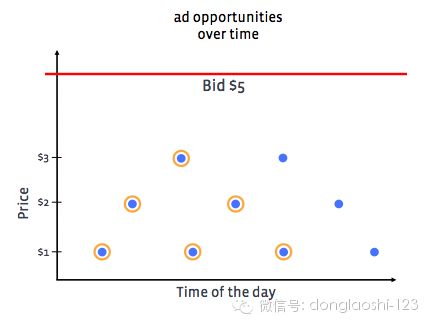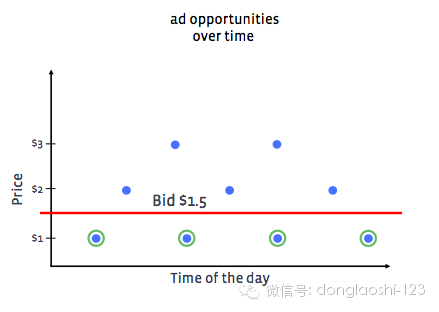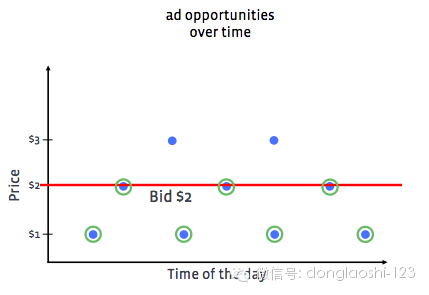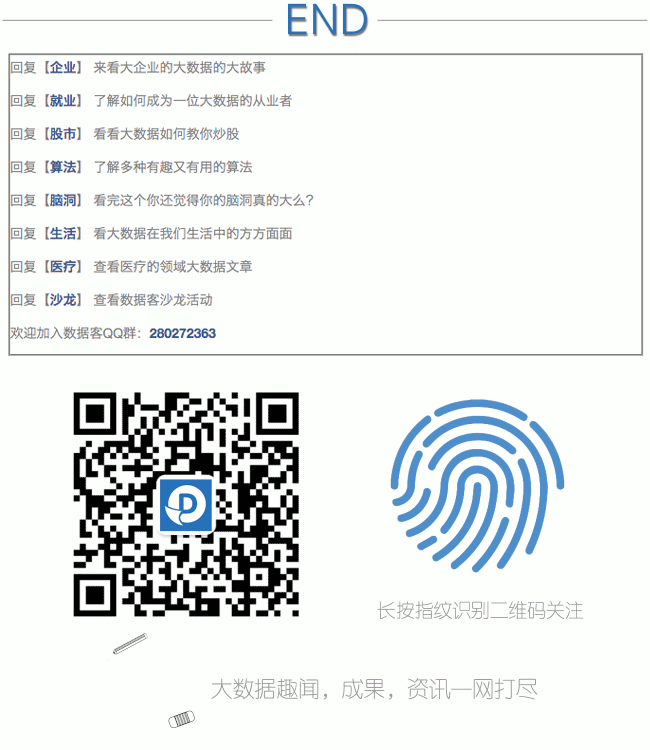The Pacing algorithm behind Facebook's advertising system
Facebook last month reported its blind fourth-quarter 2015 results, with more than 1 billion daily users.Revenue was $5,841 million, while advertising accounted for $5,637 million, which was even scar more scaryIt accounts for 80% of revenue from the mobile advertising business. The author has also created a marketing page on Facebook, in fact, to get a certain limit of internal friends of the advertising (Campaign) promotion costs, when surprised to run efficient (too fast, less than an hour dozens of knives are gone), because they have also done advertising system, but also made a lot of comparisons, from the form of diversity, functional integrity, targeting users, real-time, data analysis reporting of the comprehensive indicators Facebook is the industry leader, Here's an analysis of their internal Pacing algorithms for advertising systems, as well as an introduction to advertising technology.
Let's start with some online advertising terms
Each ad (Ad) has a bid and its actual click-through rate in a situation (Click-Through-Rate, CTR)
Ads are charged per click (Charge per Click, CPC), the strategy is one-price billing (First-Price, FP, i.e. how much the ad bids are billed for one click) and the second-price billing (Second-Price, SP, i.e. the ad presses a bid to pay the click price, and more commonly GSP, Google, Yahoo, LinkedIn all use this one).
A Thousand Display Charges (Cost Per Mille, CPM, or RPM, R for Revenue), which is a fixed price for a pay-per-click ad that shows 1,000 displays (equivalent to 1000 x CTR*Bid on a one-price bill), or a thousand displays for display ads
Estimated click-through rate (predict CTR, pCTR) is the estimated probability of a possible click on an ad before it is about to appear in a situation
Pacing is an algorithm used in Facebook's advertising system to adjust the pace of spending budgets, an analogy for runners: a premature sprint means you're out of action before the finish line, but a late sprint may not have finished the race. Pacing promises to automatically allocate different ad budgets to all advertisers on a competitive premise. Pacing is the core component of optimization that enables advertisers to get the most return on investment (ROI).
How does the Facebook Pacing algorithm work?
Let's use an example to explain how Pacing works. Below will involve clicks, the same idea can be applied to browsing, conversion, behavior, arrival rate, etc.
An advertiser wants to advertise a sports brand.With a daily budget of $10, billed as CPC, we presume that each ad click generates $5 in revenue.
When he/she creates an ad, optimize the LINK_CLICKS (click on the link), bid_amount (bid) is set to $5, billing_event (event that triggers the charge) is LINK_CLICKS, based on these true conditions. The target user base is male 25-35 years old.
Advertisers' profits are the value generated by these clicks minus the budget spent.
For simpliciy, let's assume that the same-day prices for these opportunities (clicks, presentations, etc.) are known in advance. This allows us to clarify the click-through price and revenue relationship more clearly. These assumptions are modeled based on the opportunities generated by the goal.
Here are three examples to understand the maximum value the Pacing algorithm provides to advertisers:
Scenario 1: When there is no Pacing algorithm
Without Pacing, advertisers' budgets are consumed cleanly (potentially expensive clicks) for a short time from the start, with intense early competition and no competition in the later stages, resulting in a certain waste of resources. The blue dot below represents the opportunity for the ad to show, the yellow circle represents the ad wins the show, and the red line represents the bid price. The result is higher average costs, but advertisers get the most out of their ad-based settings. This is called accelerated delivery.

The total cost of the ad is $10
Total click value of the ad is 6 s $5 s $30
Value per click : $5
Budget : $10
Total Ad Revenue : $30 - $10 - $20Case 2: The bid is too low
In this case, the lowest click-through price is pursued, but the advertiser's budget is not used up in the end, and the final ad performance is the worst.

The total cost of the ad is $4
Total click value of the ad is 4 x $5 s $20
Value per click : $5
Budget : $10
Total Ad Revenue : $20 - $4 - $16Case 3: Equilibrium state under Pacing algorithm
That's when advertisers get the most clicks, get the most out of their daily budgets.

The total cost of the ad is $10
The total click value of the ad is 7 x $5 x $35
Value per click : $5
Budget : $10
Total Ad Revenue : $35 - $10 - $25Simple formula
From the example above, when we use a stable bid (Pacing) throughout the period, the advertiser's value is maximized compared to no Pacing or the bid is too low. To achieve this goal, Pacing expects to learn from other competitive ads that have the same target users.Make an optimized bid. This is a simple formula.
Final Bid (per impression) - Optimize Auction (per impression) - CTR where Optimize Bidding s max_bidDeciding to optimize the bidding is at the heart of Pacing's algorithm, including a feedback system that lets Pacing record it.
CTR is the click-through rate. We use the same philosophy to see view rate (VTR) and conversion rate (CVR). The accuracy of these values increases steadily and is influenced by a variety of factors, such as ad type, audience, point in time, ad context, and so on.
Pacing's importance
Pacing maximizes advertiser profits on a given budget. It makes advertisers more realistic, and Vickrey-Clarke-Groves (VCG's pricing by calculating the total amount of losses an advertiser's participation in an auction has caused to other advertisers) has no benefit in cheating value, nor does it have to think about how much the maximum bid should be set. This avoids special opportunities in the auction system.
Pacing guarantees predictable delivery. This stable delivery stabilizes daily prices and helps advertisers get a fair threshold for their target users.
FAQ
Q: My ad was not optimized correctly by the pacing algorithm, what might be the reason?
A: If the ad shows correctly, there are two reasons, one is that the optimized price is too low, so that your bid is within the recommended price range so that you have a chance to win a seat. For a competitive audience, you need to raise the price above the recommended price.
Another reason is that the target audience is too narrow.
If this ad is overstressed, you may have a large audience but quickly consume your budget.
Q: How will Pacing be affected when I change my budget?
A: Pacing will calculate the new optimal bid, but this process will take some time, during which time the bid is not optimal, so it is not recommended to change the bid and budget settings frequently.
Summary: Pacing determines optimal bids by learning about the advertising competitive environment within the same audience goal.
Resources.
https://developers.facebook.com/docs/marketing-api/pacing

Go to "Discovery" - "Take a look" browse "Friends are watching"